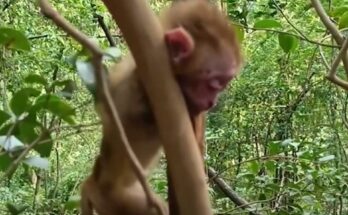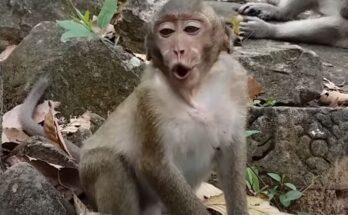Gorillas, as one of our closest relatives in the animal kingdom, offer valuable insights into human evolution and the traits that distinguish us as a species. These magnificent primates belong to the Hominidae family, which also includes chimpanzees, bonobos, orangutans, and humans. By studying gorillas and other great apes, scientists can better understand the evolutionary processes that shaped early human ancestors and how we developed our unique physical, cognitive, and social characteristics.
Gorillas and Their Evolutionary Background
Gorillas are the largest of the great apes and are divided into two species: the eastern gorilla (Gorilla beringei) and the western gorilla (Gorilla gorilla). These species are further subdivided into subspecies, such as the mountain gorilla and the western lowland gorilla. Gorillas inhabit dense forests in central and western Africa, where they primarily feed on vegetation like leaves, stems, and fruit.
Humans and gorillas share a common ancestor that lived roughly 8 to 10 million years ago. Genetic studies reveal that we share approximately 98% of our DNA with gorillas, highlighting our close evolutionary relationship. While gorillas are not direct ancestors of humans, their similarities to us—both anatomically and behaviorally—provide a window into the traits shared by our last common ancestor.
Physical and Behavioral Parallels
Both gorillas and humans exhibit complex social structures and behaviors. Gorillas live in groups led by a dominant male, known as a silverback, who protects and guides the group. These groups have strong social bonds, much like early human communities, which relied on cooperation and communication for survival.
Gorillas demonstrate advanced problem-solving abilities, emotional expression, and even rudimentary tool use, traits that hint at the evolutionary precursors to human intelligence. For instance, gorillas in the wild have been observed using sticks to gauge water depth or creating makeshift tools to gather food. These behaviors suggest a degree of cognitive flexibility that likely played a role in the evolutionary path leading to humans.
Divergence and Human Evolution
Despite the similarities, significant differences set humans apart from gorillas. Around 6 to 7 million years ago, our ancestors began walking upright, a hallmark of the human lineage. This adaptation freed up the hands for tool use and manipulation, enabling the development of complex technologies. Gorillas, on the other hand, remained primarily quadrupedal, using their knuckles for support when walking.
Another major distinction lies in brain size and function. Human brains are significantly larger relative to body size and are capable of advanced reasoning, language, and abstract thought. This cognitive leap allowed early humans to create tools, develop cultures, and establish civilizations. While gorillas exhibit impressive intelligence, their cognitive capacities remain more focused on immediate survival and social interactions.
Gorillas as a Mirror to Humanity
Studying gorillas not only sheds light on our evolutionary history but also serves as a reminder of our shared responsibilities as stewards of the planet. Gorillas face numerous threats, including habitat destruction, poaching, and disease, often driven by human activities. Conservation efforts are crucial not just for their survival but for preserving the rich biodiversity that enriches our understanding of life on Earth.
In essence, gorillas are a living connection to humanity’s distant past. By protecting them and studying their behavior, we can gain deeper insights into our origins and the forces that shaped us, fostering a greater appreciation for the shared evolutionary tapestry that binds all life on this planet.
4o


